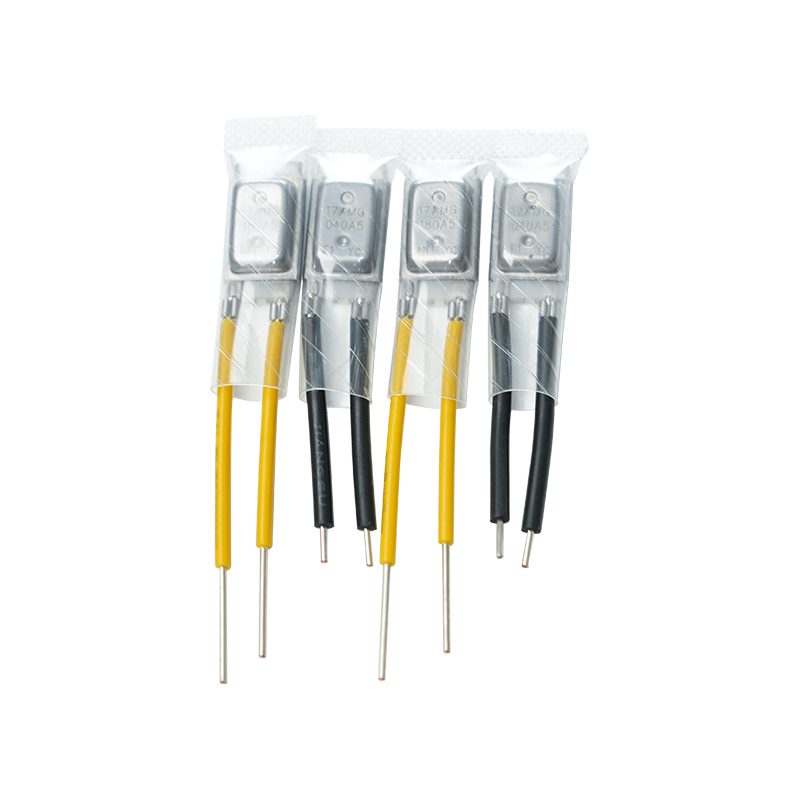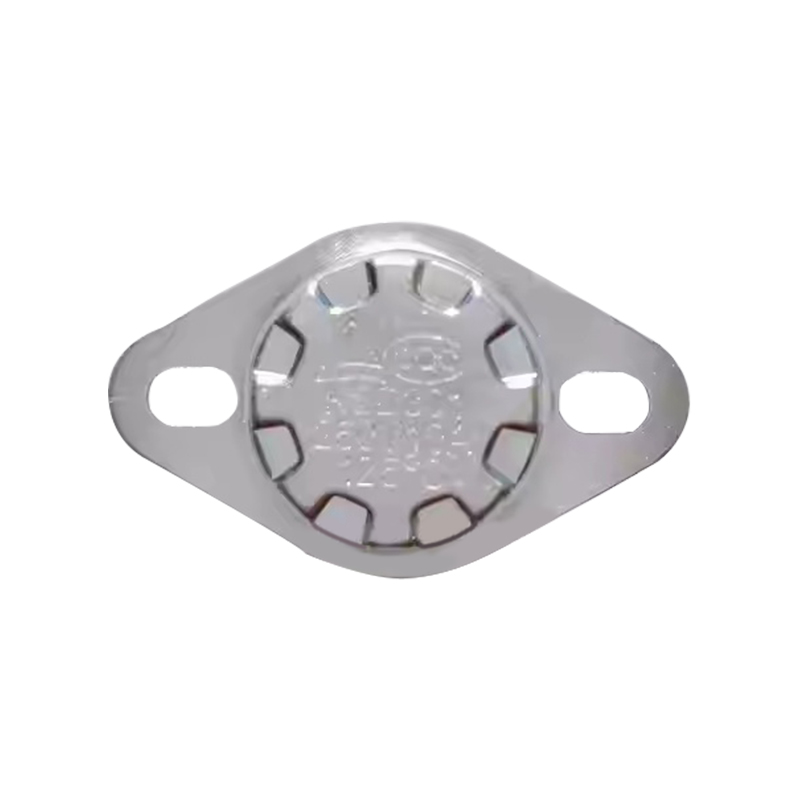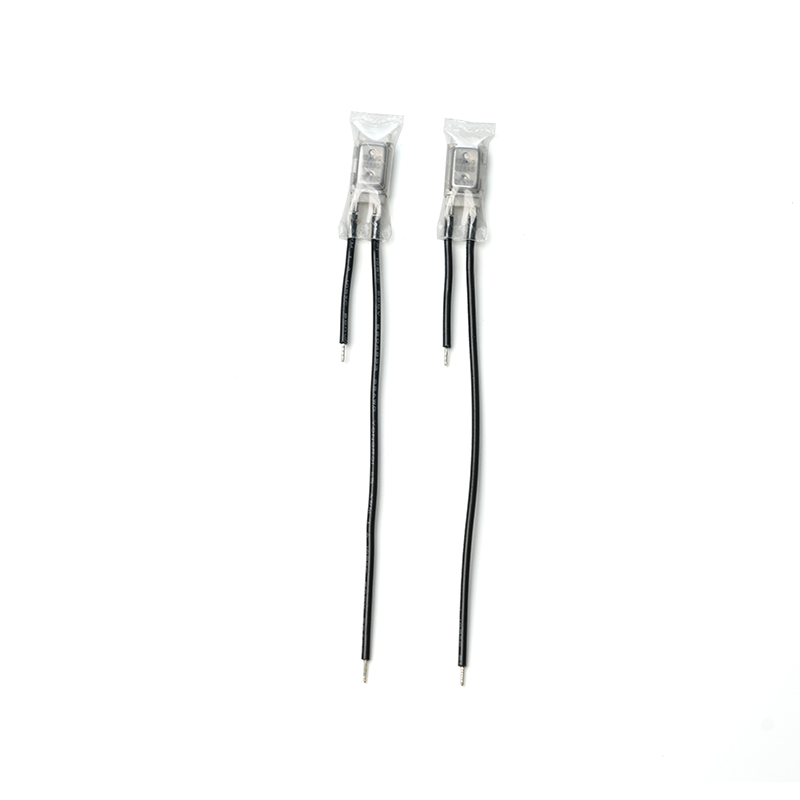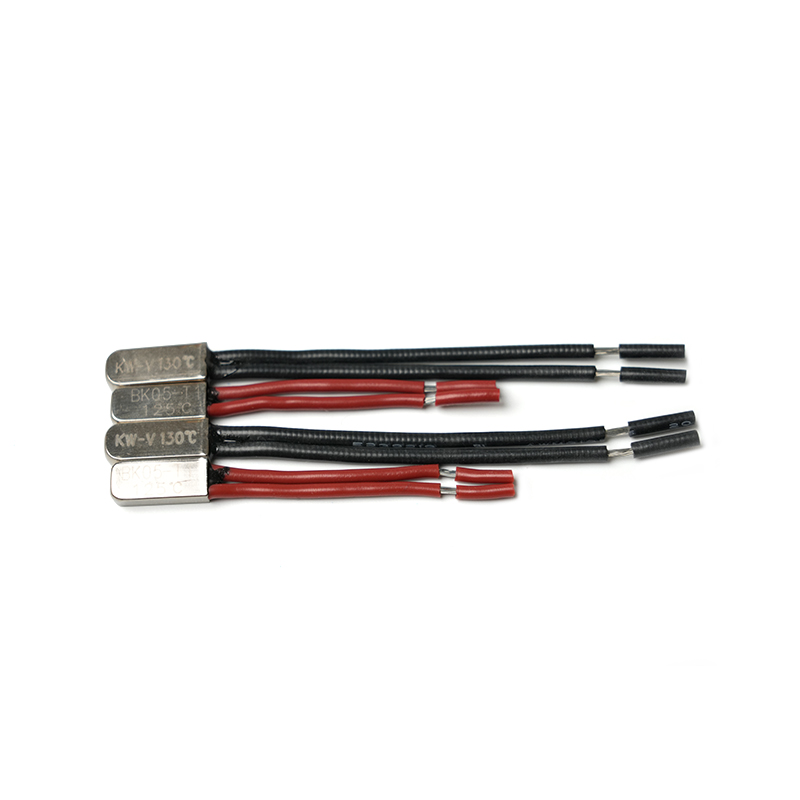Does the thermal protector of the motor consider the heat accumulation effect when designing?

The thermal protector of the motor does consider the heat accumulation effect comprehensively and deeply when designing, which is a key link to ensure the long-term stable operation of the motor and prevent overheating damage.
The heat accumulation effect is a physical phenomenon that cannot be ignored during the operation of the motor. When the motor is working continuously or undergoing frequent start-stop cycles, its internal components will generate heat due to the passage of current. If this heat cannot be dissipated in time, it will gradually accumulate inside the motor, causing the motor temperature to rise. Excessive temperature will not only reduce the operating efficiency of the motor, but may also cause serious safety problems, such as aging of insulation materials, burning of motor windings, and even fire.

In order to effectively cope with the challenges brought by the heat accumulation effect, a variety of technologies and strategies are incorporated into the design of the thermal protector of the motor. First, the thermal protector is usually equipped with a temperature sensor or a current sensor to monitor the temperature or current changes of the motor in real time. These sensors can capture small changes in the heat inside the motor and provide accurate data support for the thermal protector.
Second, advanced algorithms and mathematical models are embedded in the thermal protector to process and analyze the data collected by the sensor. These algorithms can comprehensively consider multiple factors such as the motor's historical temperature, current temperature change rate, and heat accumulation, so as to more accurately determine the motor's thermal state. When the algorithm detects that the motor temperature is about to reach a dangerous level, the thermal protector will quickly trigger a protection mechanism, such as cutting off the power supply or sending an alarm signal, to prevent further damage to the motor.
In addition, some high-end thermal protector of the motors also have adaptive functions that can automatically adjust the protection strategy according to the actual operation of the motor and environmental conditions. For example, in the case of high ambient temperature or heavy motor load, the thermal protector may trigger the protection mechanism in advance to ensure that the motor operates within a safe temperature range.
 English
English







